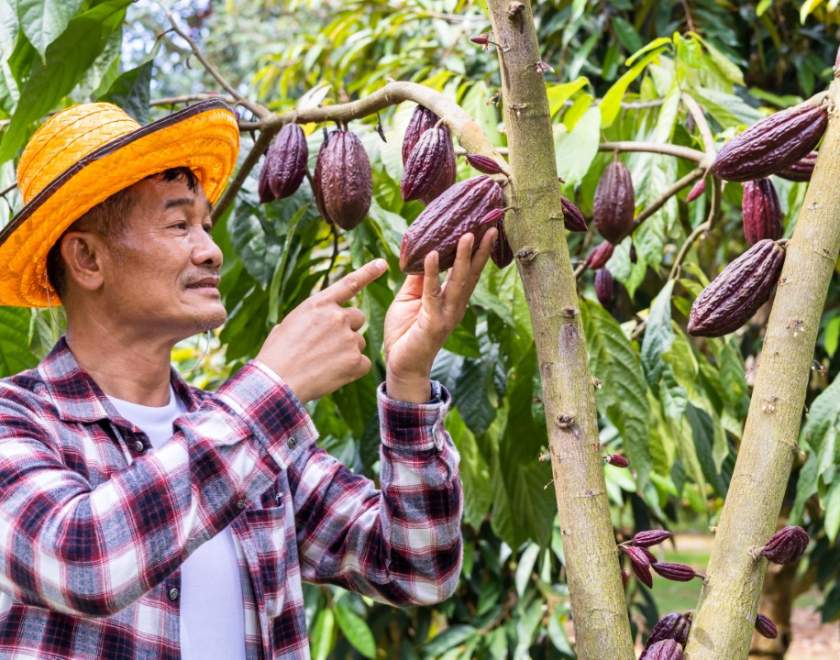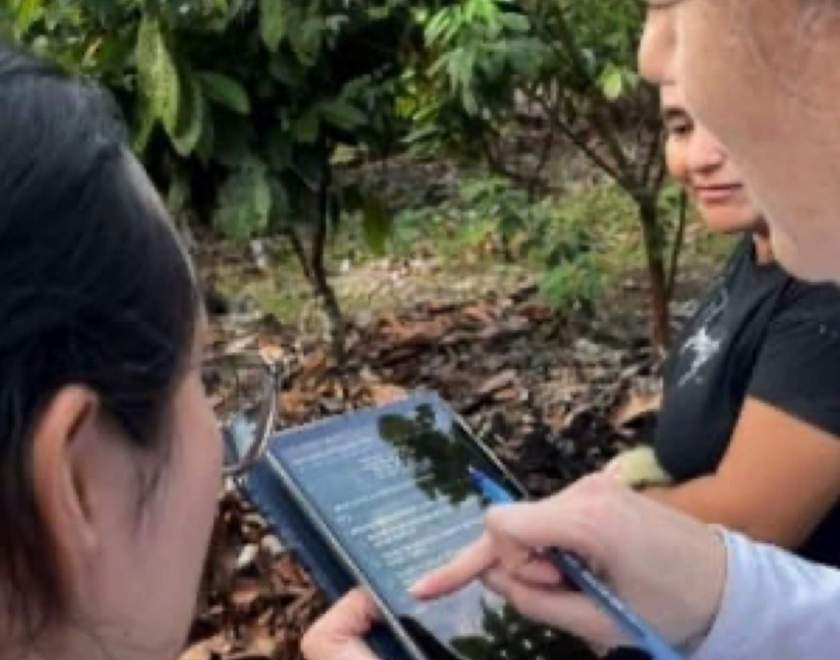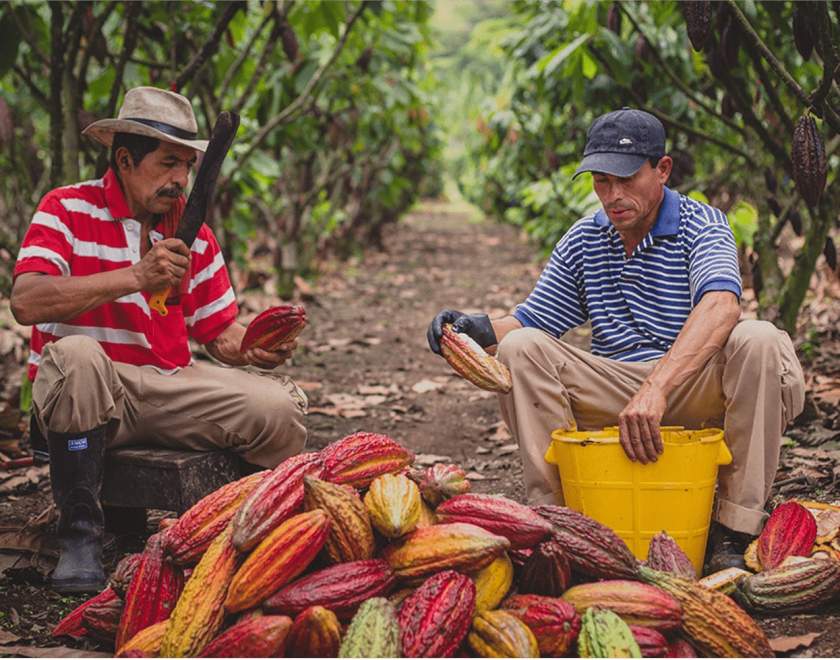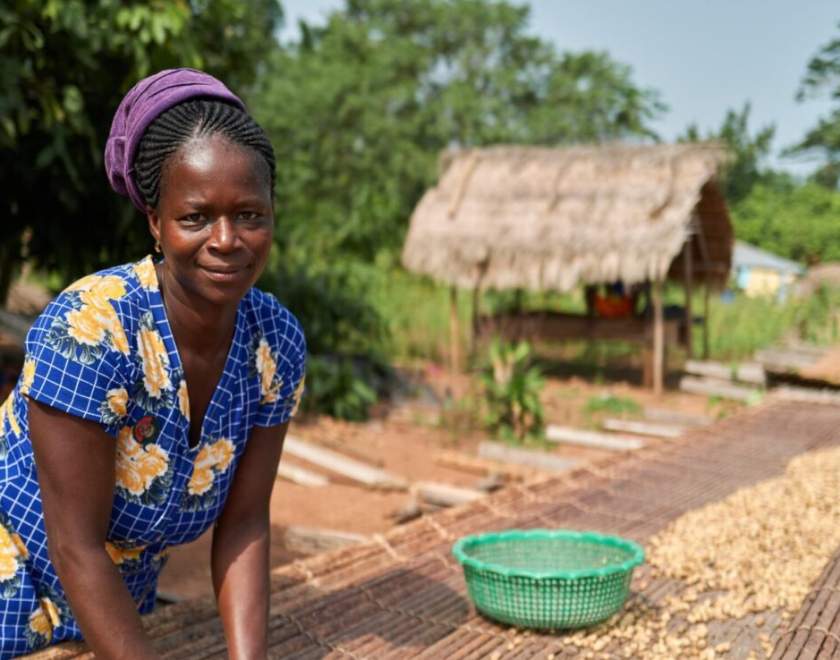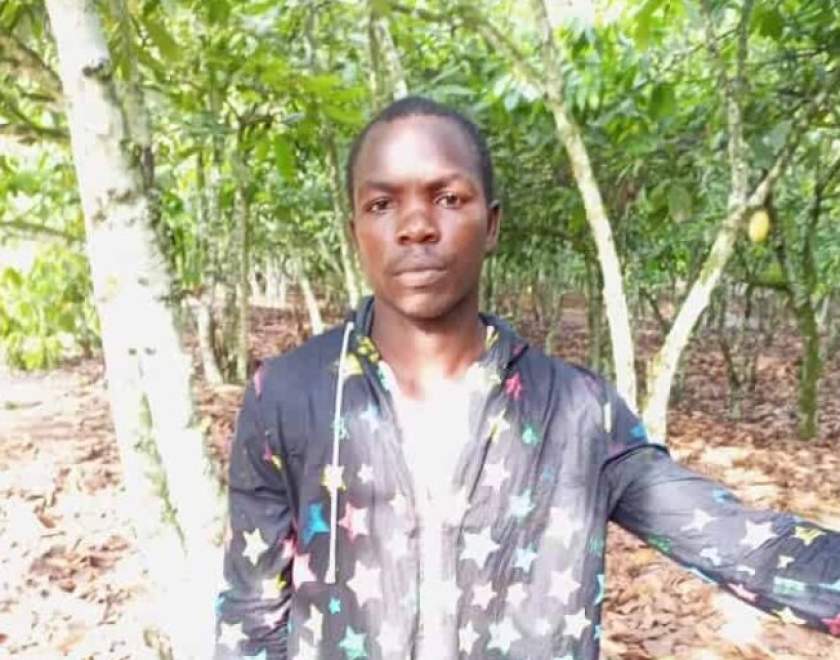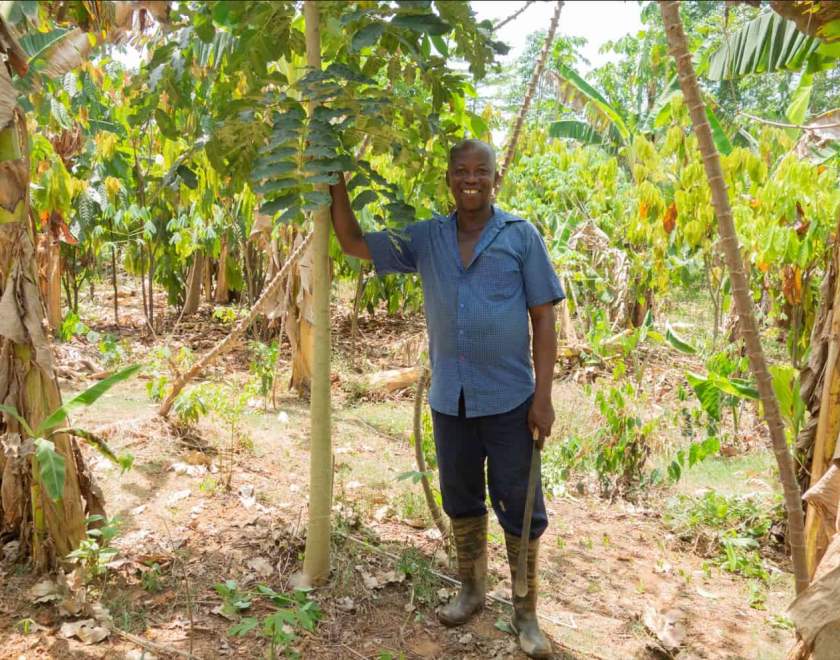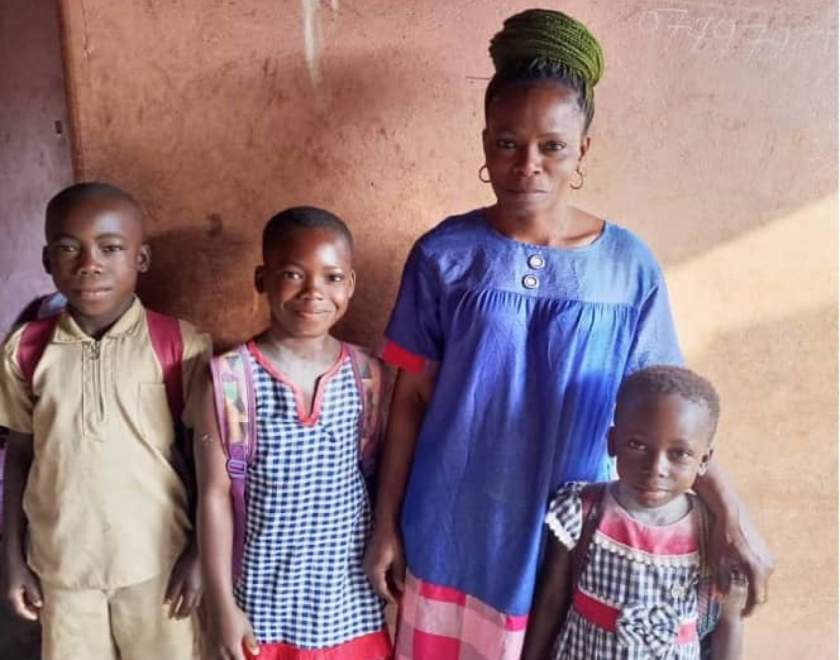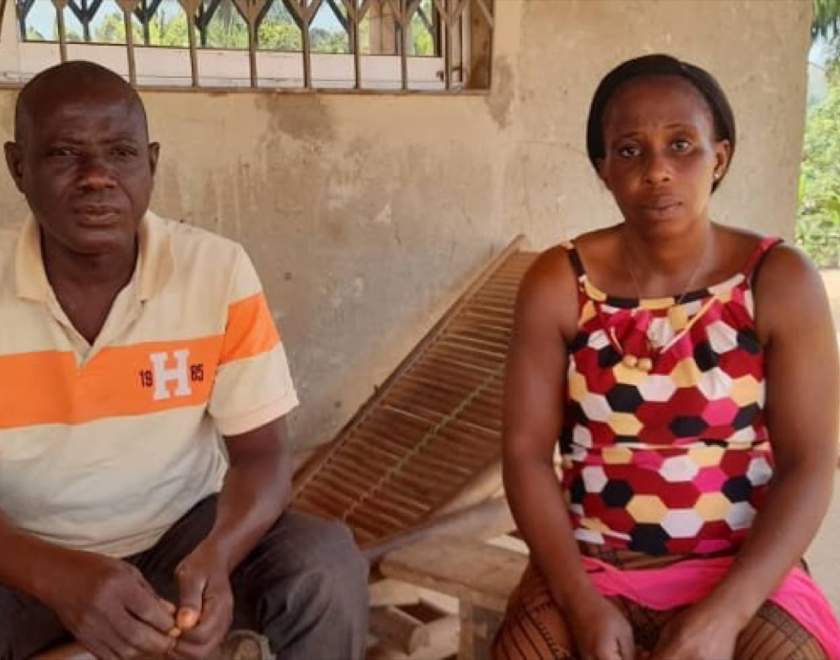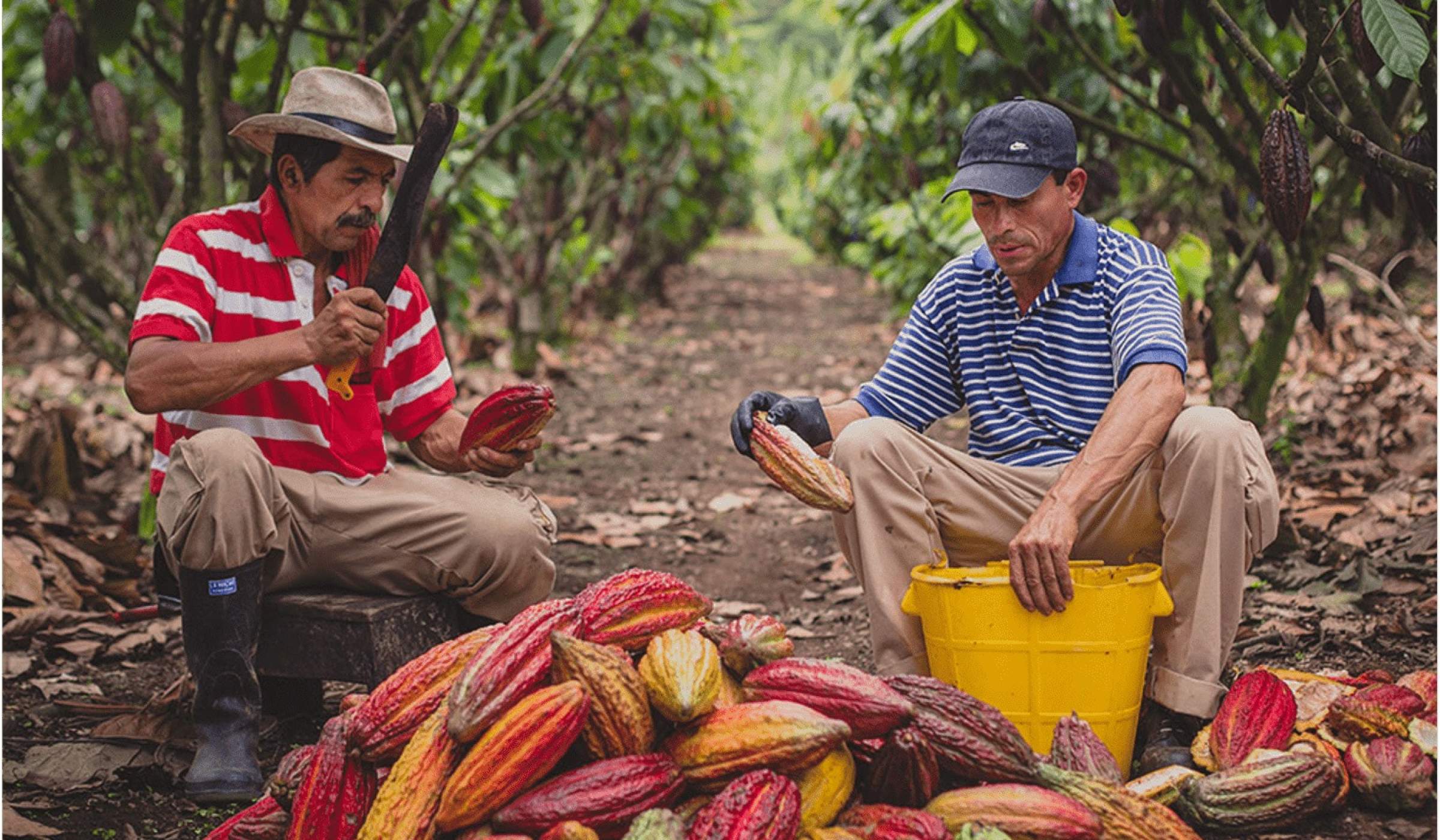
Colombia signed its Peace Accords in 2016, ending 60 years of violent conflict that played out on the agricultural and forest frontiers...
...covering large swaths of the country, including the Amazon region. A foundational principle of the Peace Accords is reconciliation and the reintegration of ex-combatants into society. Currently this process is underway in various ways throughout the country with the Amazon region presenting a unique need and opportunity.
The Colombian Amazon stretches 403,000km, across six departments making up 42% of the country. Armed conflict in Colombia left local populations at the mercy of violence and induced either participation in illegal activities – namely coca production – or forced emigration. After the signing of the Peace Accords some of these threats have dwindled, but in their place comes waves of in-migration from individuals and the private sector, creating an imbalance in the reintegration process and an increasing demand for land, with the result of more deforestation from traditional crops and ranching.
There is an urgent need to change the direction of this process and protect the Amazon and its inhabitants from certain models of agricultural production and illegal activities that continue to represent social and environmental threats. Cocoa is an example of a sustainable and equitable crop alternative that can mitigate the negative impacts of traditional agricultural and livestock activities in the Amazonian Departments of Caquetá, Guaviare, and Putumayo.
Five years ago, Colombia signed the Cocoa, Forests & Peace agreement, to promote cocoa agroforestry models that limit the agricultural frontier, protect forests, and provide adequate land use to promote peace. The Cocoa for Life program was born from this agreement as the implementing program and helps cocoa farming families to design cocoa-centric agroforestry arrangements and sustainable business models that meet the goals of the Amazon 2030 Plan.
This year, the second phase of the program began and seeks to consolidate current advances and to create a distinctive and high-quality Sustainable Amazonian Cocoa brand. In addition to being fully traceable, this product seeks to profit from its unique regional map of flavors and aromas.
As part of the Cacao para la Vida program ALISOS with the support of the Fundación Carlota, recently presented a new sensory map, which is a geographical description of aromas and flavors, for the Colombia Amazon. This map which tracks aroma and flavor characteristics derived from harvesting and fermentation and drying methods, as well as micro-ecosystem conditions, serves as important tool for farmers to understand the unique qualities of their product and helps place their cocoa into value-added national and international markets.
As a result, cocoa in Caquetá was shown to present woody flavors, plenty of nuts, and a strong cocoa flavor. In Guaviare and Putumayo, floral and fruit flavors were common. Based on these differences, chocolate bars were made and given to farmers to they could understand how their production and on-farm processing decisions are reflected in the final consumer product. These mapping, processing, and tasting activities are fundamental to the creation of a cocoa identity for the Amazon region.
To strengthen the regional cocoa network, ALISOS also promotes the interaction between associations and producers, and the building community cohesion and unity. Information and data exchange about agroforestry systems, coupled with support of technical and practical knowledge, is essential to consolidate farmers and communities into a functional society that can support the Peace Agreement and hopefully create an equitable and sustainable future with improved rural livelihoods.
To access the Spanish version, click here.
